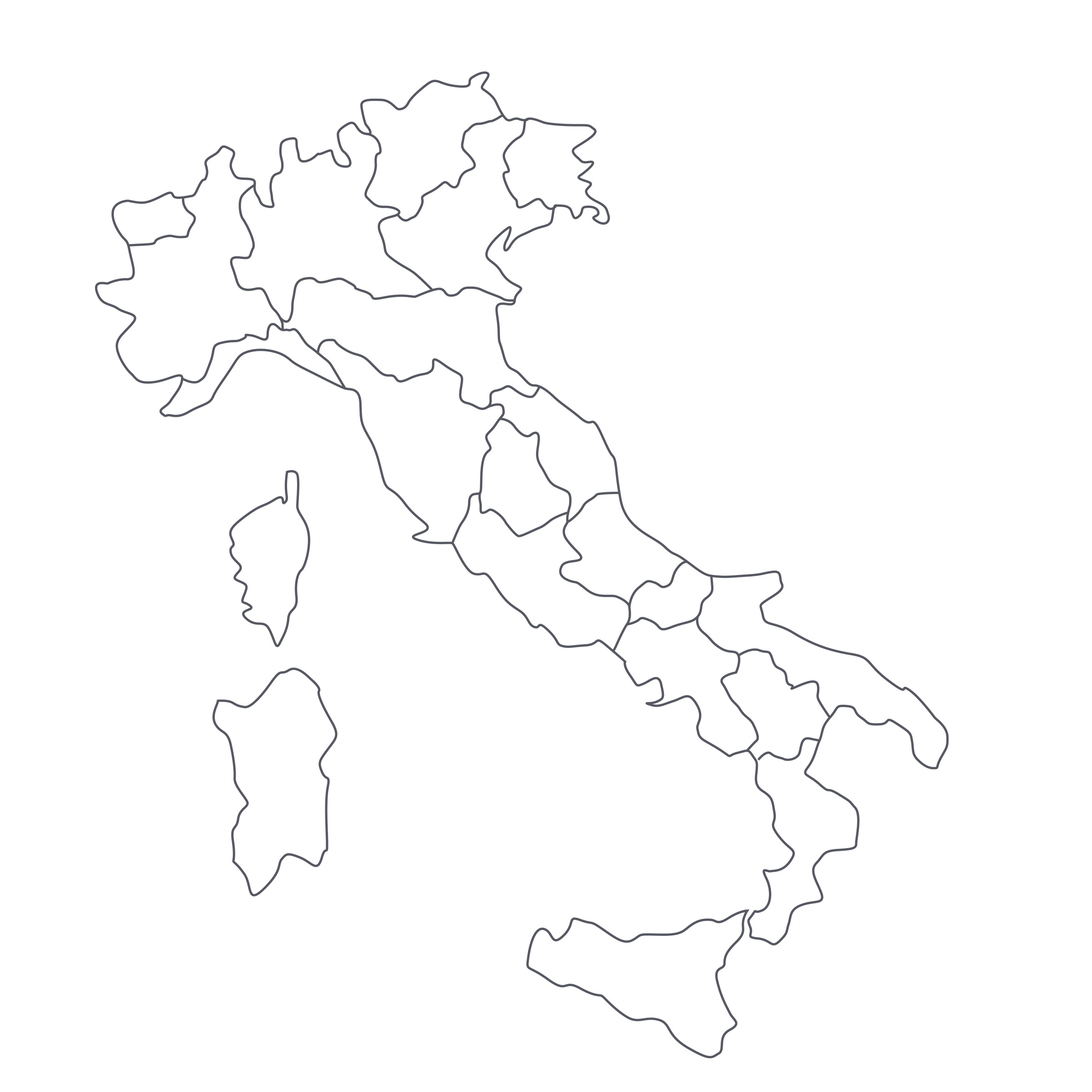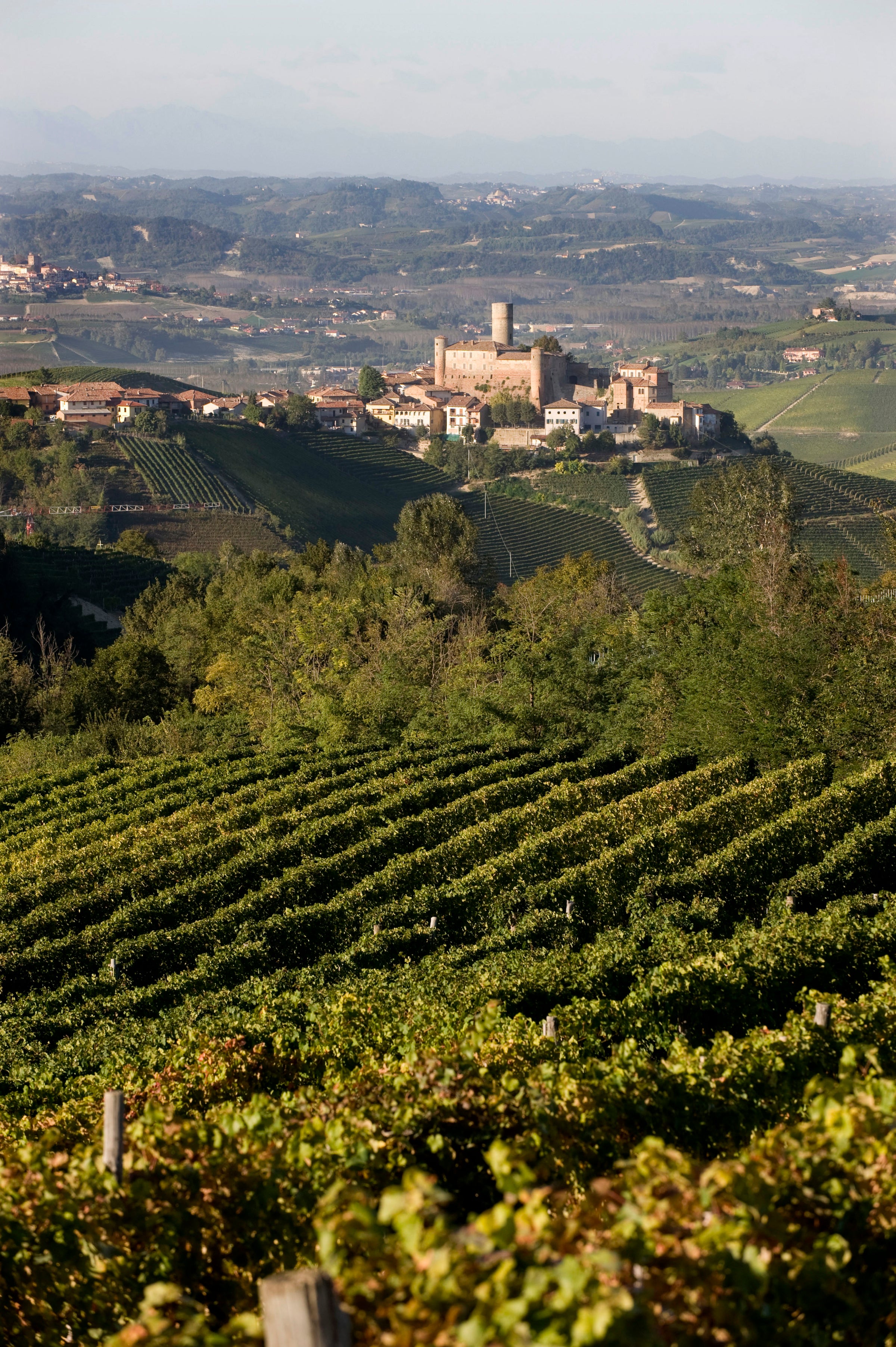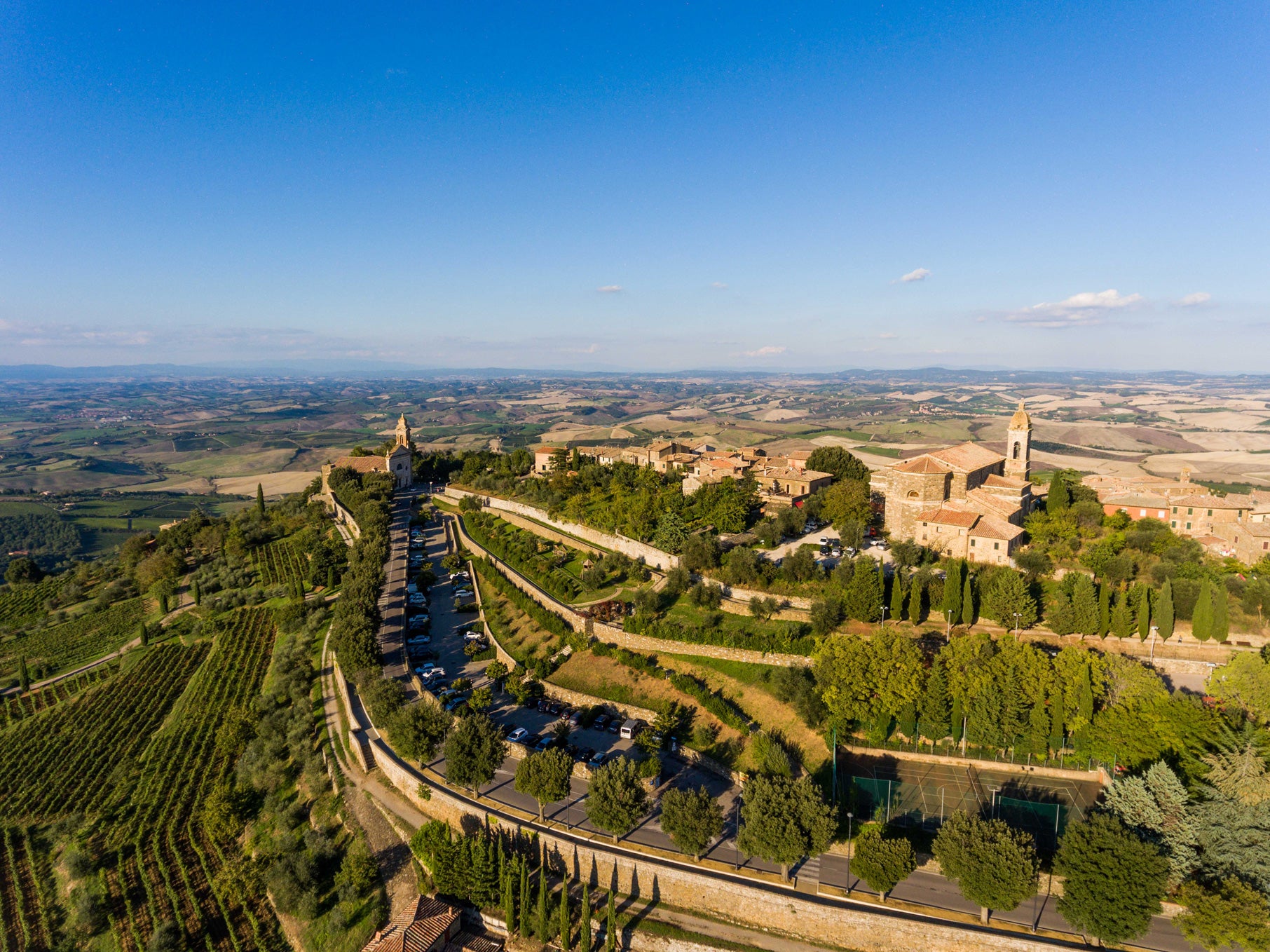The Tuscan towns of Castagneto Carducci and Bolgheri represent the epicenter of the “super Tuscan” movement, which took flight in Bolgheri in the late 1960s with the introduction of “Sassicaia.” There had been Sangiovese and other red (and white) varieties covering these low, sparsely populated hills just inland from the Mediterranean coast, but Sassicaia was a wine driven by Cabernet Sauvignon; it had been planted in the 1940s by the
marchese (marquis) Mario Incisa della Rocchetta, who saw similarities between his gravelly, silty terroir (
‘sassicaia’ translates to ‘stony’) and that of Graves in Bordeaux.
Today, when people think of this pocket of Tuscany they think of “international” grape varieties—the Cabernets; Merlot; Syrah—and the often lavish (and expensive) wines they produce here. As great (and as legitimately ‘Tuscan’) as these wines are, Alessandro Scappini had something different in mind when he founded Podere Il Castellaccio in 2009. While his ‘brand’ may be relatively new, his property in Castagneto Carducci has been in his family since the 1960s, and includes heirloom vineyards planted not just to Sangiovese but to several other classic (and nearly extinct) varieties of the Tuscan coast: Ciliegiolo, Foglia Tonda, and Pugnitello. Scappini has rehabilitated vineyards and facilities alike at Il Castellaccio in search of a wine that offers a modern expression of traditional Tuscan grapes. I’d say this 2015, called “Valénte,” is a goal realized. This is every inch a super-Tuscan in depth of flavor and textural polish, but this price is just unheard-of in this category these days. It’s a tremendous amount of wine for the money, and anyone who appreciates Tuscan reds should jump all over this!
“Valénte” translates as “able” or “talented,” which to me sounds like Scappini’s way of saying Yes, these grapes can make great wine. Planted in gravelly loams along a low rise about 10 kilometers from the Mediterranean Sea, his vineyards average about 40 years of age and are entirely devoted to varieties most others in the region have steered away from. Yes, Sangiovese is still found everywhere up and down the Tuscan coast, but not everyone is convinced that this is the right terroir for it. Ciliegiolo—deeply colored, richly flavored and textured, and surely one of the most under-appreciated native grapes around—has mostly been relegated to blends (including being used surreptitiously in Montalcino to plump up color and fruit). Foglia Tonda and Pugnitello, meanwhile, are the oddest of the oddballs, both considered native to Tuscany and not found anywhere else. You’d be hard-pressed to find ‘varietal’ bottlings of either grape, although the Chianti Classico estate San Felice has propagated Pugnitello and produces one of the few commercially available wines from it.
“Valénte” is comprised of about 70% Sangiovese, with the three others making up the remaining 30%. Throughout Tuscany, including regions much further inland like Chianti Classico, that 30% is much more likely to include Cabernet Sauvignon or Merlot—both of which lend concentration and color to the edgy, earthy Sangiovese, but also, at that percentage anyway, tend to take over the show. Ciliegiolo especially has a much closer affinity with Sangiovese than Cabernet Sauvignon—in fact, both Ciliegiolo and Foglia Tonda are likely genetic cousins of Sangiovese, which is about as much affinity as you can get! Pugnitello, meanwhile, is more of a plummy alternative to Montepulciano, here playing the soft-shouldered Merlot role.
Aged for a year in 20-hectoliter oak puncheons and another year in bottle before release, “Valénte” delivers a full-throated Tuscan roar at an incredibly meek price. In the glass, it’s an opaque ruby-red with purple and magenta highlights, with lots of brambly blackberry fruit jumping out first on the nose, followed by Morello cherry, red and black currant, violets, coffee grounds, tobacco, dark chocolate, and crushed gravel. Medium-plus in body, it has ample, palate-coating extract checked by slightly silty tannins and, most notably, great freshness on the finish. The oak is extremely well integrated and the wine leaves a deeply mineral impression behind—it is very much the kind of rich and ‘woodsy’ wine I expect from Tuscany, and the timing is great for this wine right now: Decant it 30-60 minutes before serving in large Bordeaux stems with a nice, rare
bistecca or maybe a meaty
ragù over pasta. While I could see it aging 5+ years with ease, I don’t see the point of waiting at this price point—grip it and rip it! Especially as we enter the cooler months, this is deeply satisfying Tuscan red wine; the next best thing to being there!




